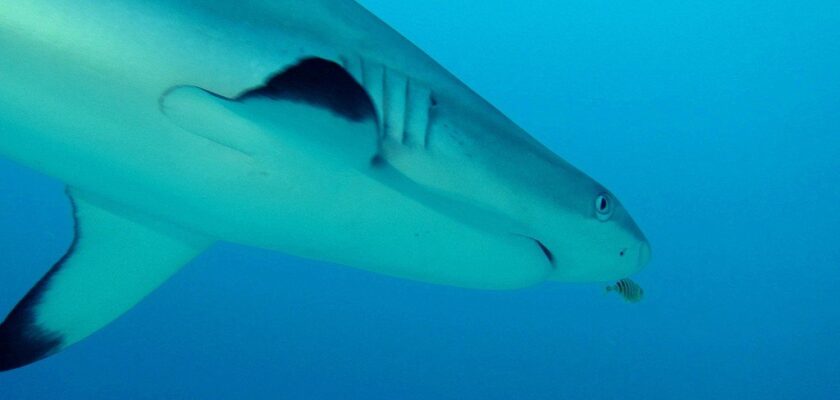Laguna Truk
Truk lagoon (Truk lagoon) is a unique natural formation of more than 2000 square kilometers in the form of a lake located in the middle of the Pacific Ocean, near the coast of Micronesia. At the bottom of its crystal clear waters is a huge graveyard of military equipment. Under the waters hides the entire Japanese fleet with many airplanes, ships and tanks, which grow stronger every year in the coral reefs. For representatives of the underwater world, sunken equipment has become a “native home.”
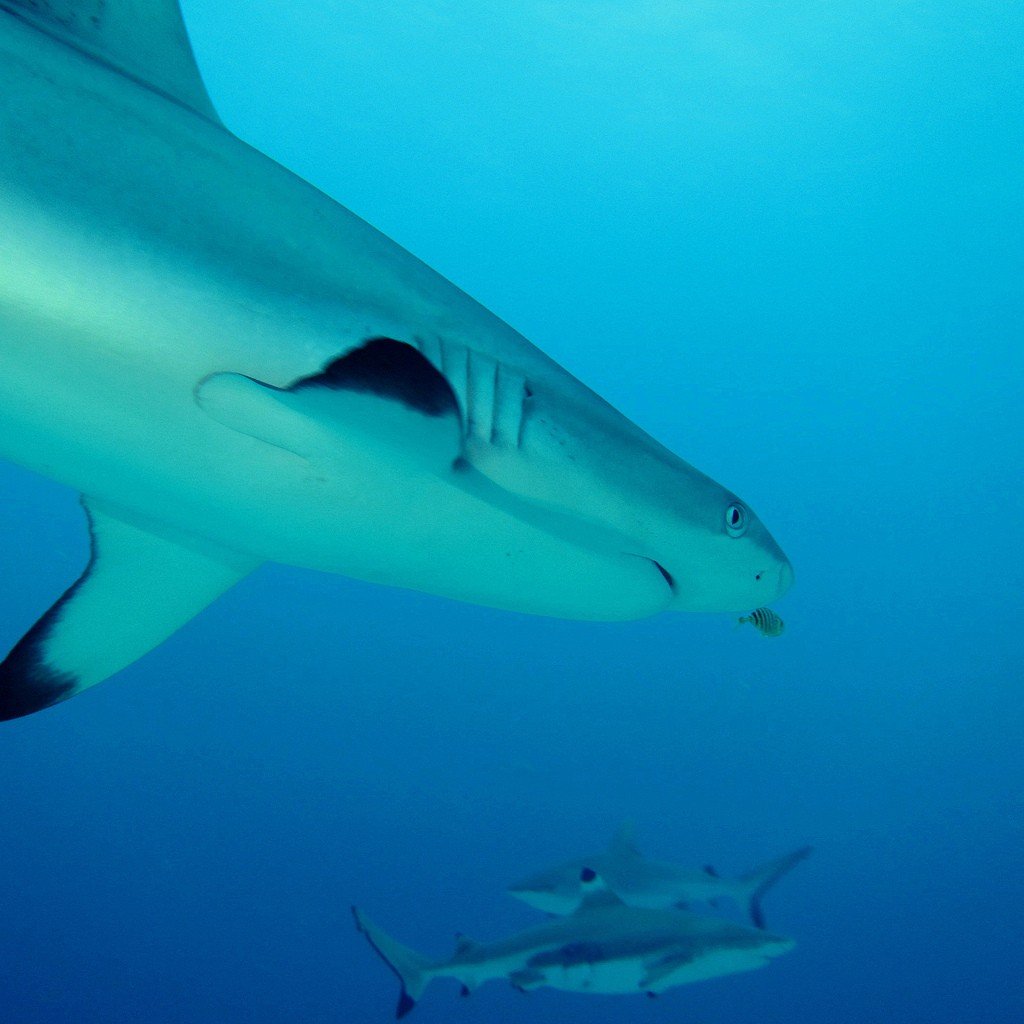
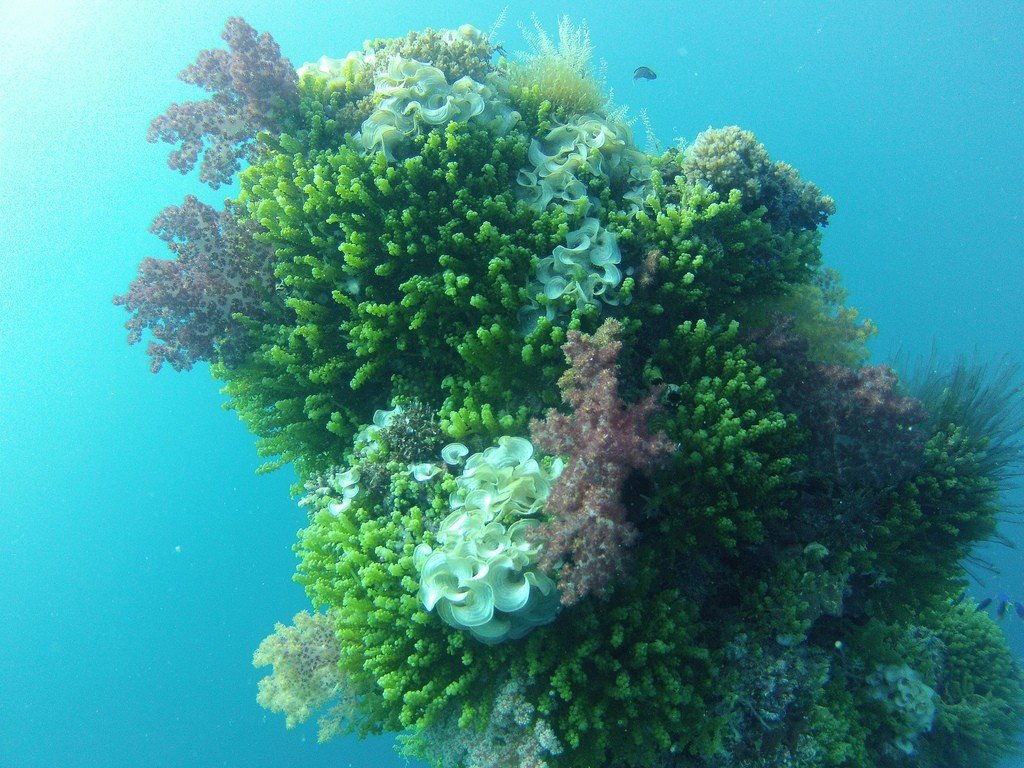
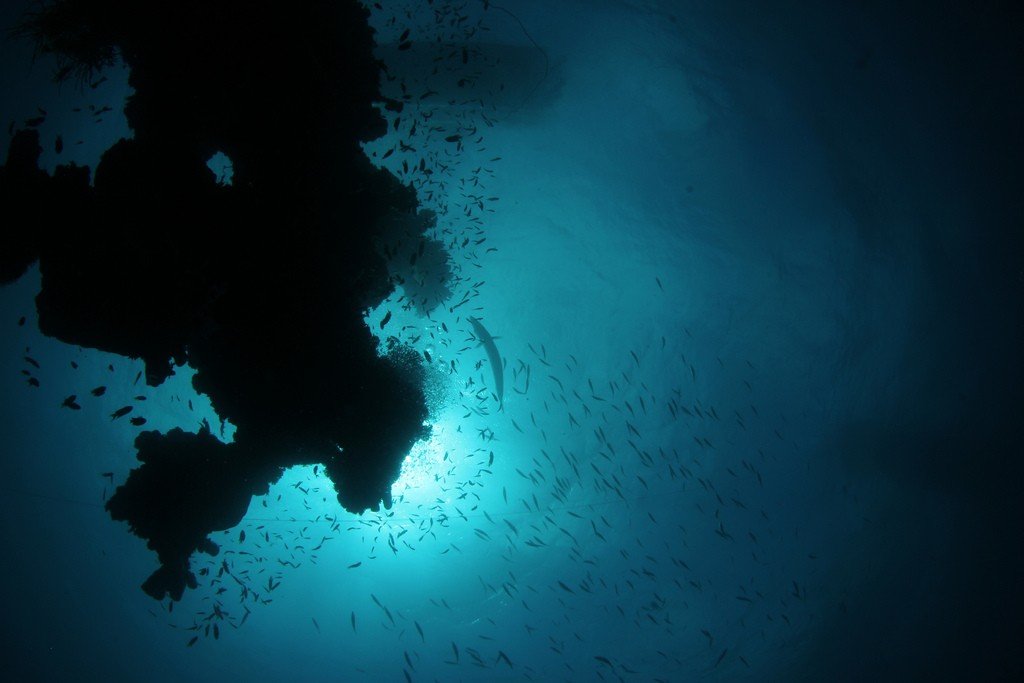
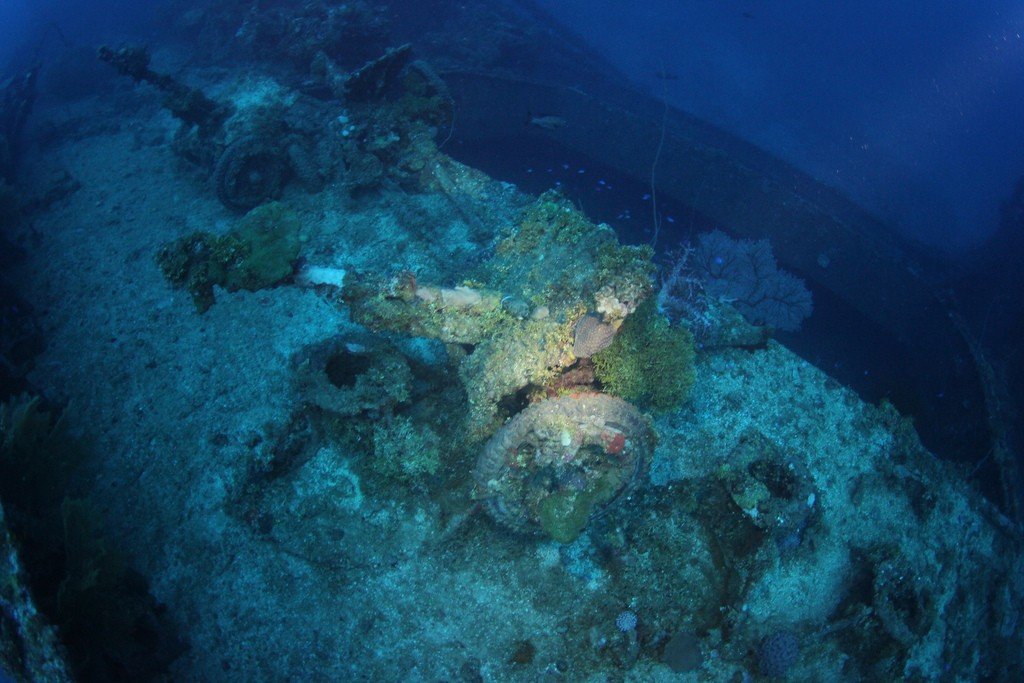
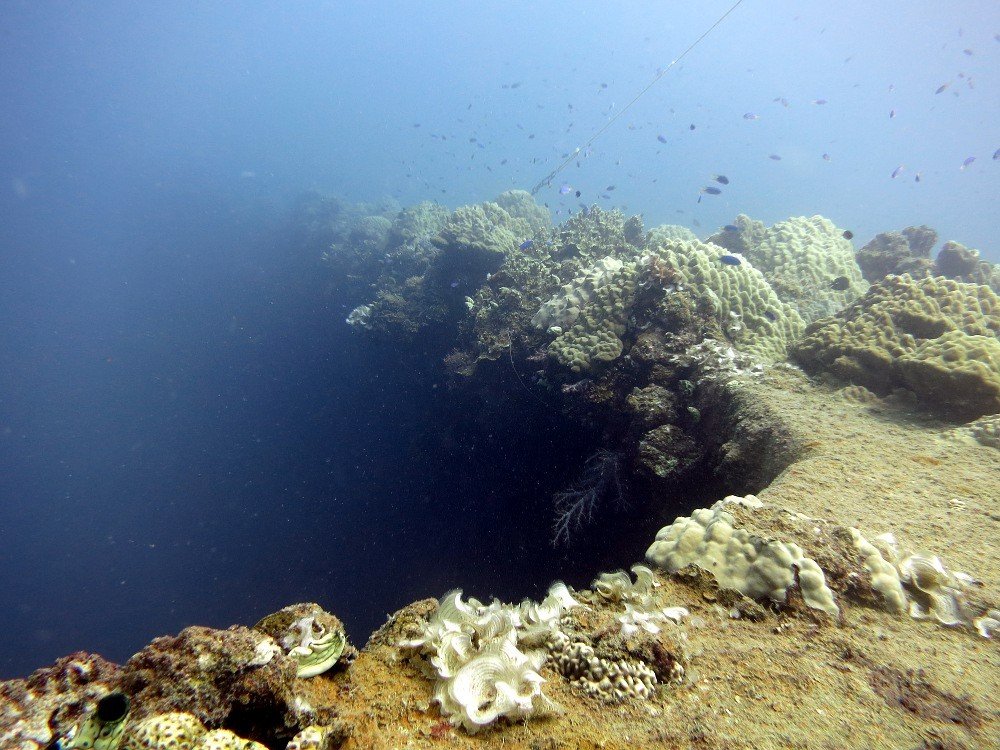
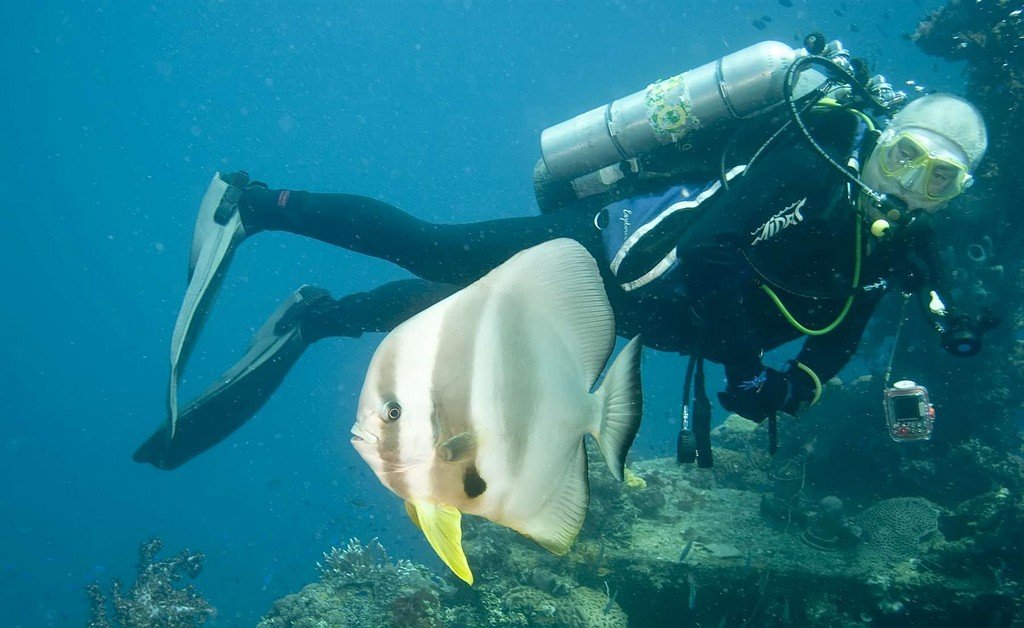
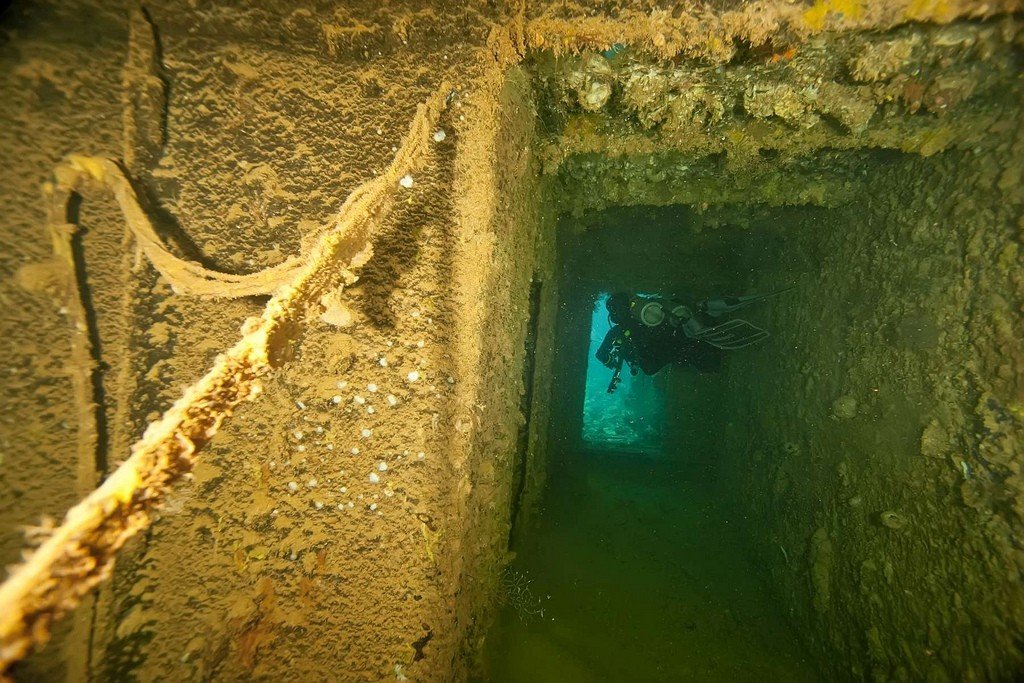
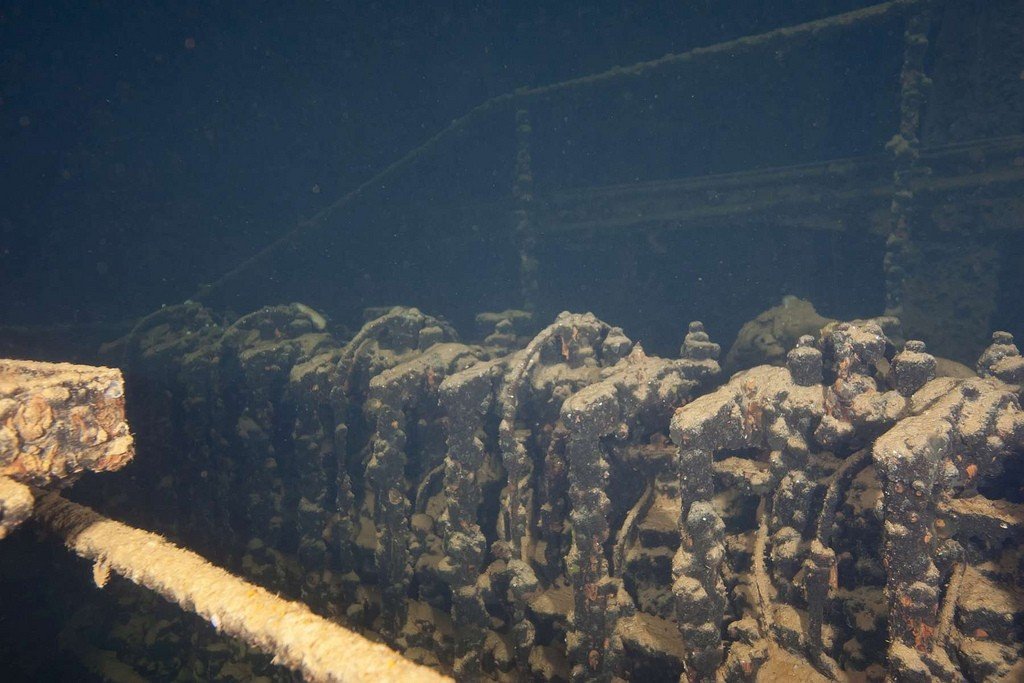
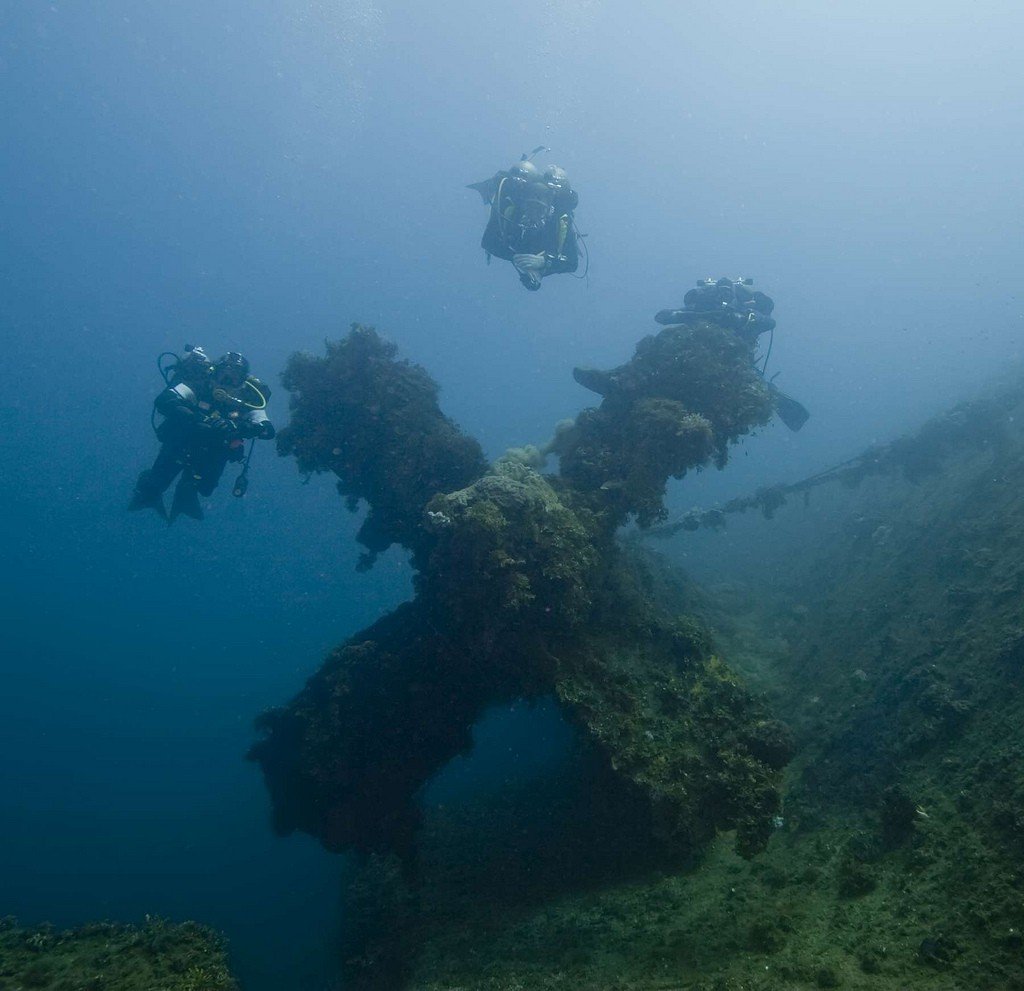
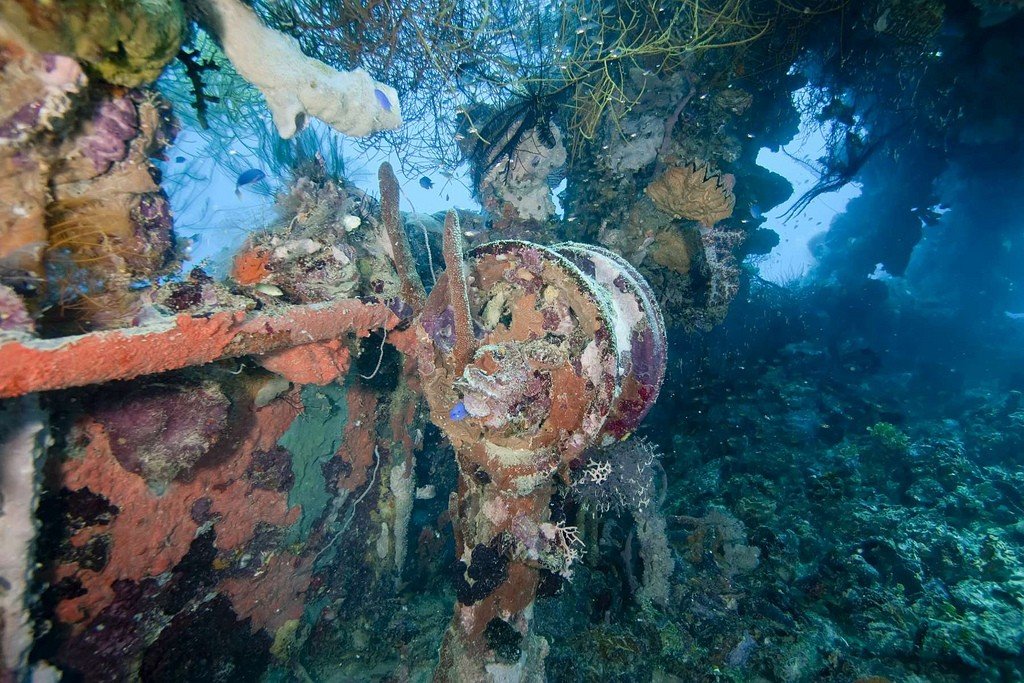
Video: Truk Lagoon
” title=”YouTube video player” frameborder=”0″ allow=”accelerometer; autoplay; clipboard-write; encrypted-media; gyroscope; picture-in-picture; web-share” allowfullscreen> ContentsHistory
This tragedy happened during World War II, in 1944, American fighter planes carried out Operation Hilton to destroy the Japanese fleet and airplanes stationed at airfields. In an instant, this paradisiacal corner became a mass grave for military equipment and military personnel who did not leave their battle stations. Japan’s island defenses were never recovered.
.For several decades it was just a sunken graveyard of military equipment, and only in the 70s, after the scientific expedition of Jacques Cousteau, the Truk Lagoon began to be explored by divers.
.Truk Lagoon today
These days, the island has a modern international tourism industry with the main emphasis on underwater tourism. For those who do not wish to dive, excursions to the outer reef are organized.
Living conditions are modest. Truk Island is not a resort tourist destination. For the most part, divers, travelers, and scientists come to Truk Island. Recommended diver certification level: AOWD (“advanced”) or diver experienced in wreck diving; in strong currents. Great place for underwater photographers and videographers, visibility: often more than 50 meters.
.The tropical waters hide more than 50 wrecks (huge tankers, submarines, small military vessels), as well as tanks and airplanes, among which there are several bombers. In the holds underwater are stored boxes of shells, ammunition, and skeletons of dead people. All crew members remain buried in the underwater world. The lagoon is surrounded by a ridge of coral, which protects it from the strong currents of the open ocean, so the underwater picture of past years is well preserved. Only the bombs were taken out of the water, which, having been neutralized, were put on display as evidence of the biggest naval disaster. All sunken equipment is protected by the laws of Micronesia, those who try to seize something – punished by fines or even imprisonment..Truk Lagoon is covered with a mystical mystery. Divers die here every year, and their bodies remain undiscovered. The danger is also predatory sharks that live here. Despite this, there are always fans of swimming underwater among the sunken equipment. Scuba divers in tourist centers are given maps, which indicate the locations of sunken equipment. Observing all the safety rules, you can see with your own eyes all kinds of Japanese technology, to study them.
.Wrecks
Thanks to the research of Japanese diver Kimio Aiseki and German historian Klaus Lindemann, 48 excellent racks have been found, mapped and marked with buoys. Here are just a few of them:
.Aikoku Maru is a 150m long cargo-passenger liner resting upright on its keel at a depth of 64m. Its holds are empty and the superstructures at a depth of 40 meters are destroyed. The hull is mangled by corrosion. A huge anti-aircraft gun is located on the roof of the aft deckhouse.
The 60 m long cargo ship Dai Na Hino Maru lies at a depth of 21 m, with its superstructures and bow gun rising almost to the surface of the water. Any swimmer in set #1 can swim to the rack to have their photo taken against its backdrop.
.
Truk Lagoon’s most popular rak, the Fujikawa Maru, is a 132m long vessel, lying 34m deep with a deck at 18m. Lush thickets of soft and hard corals, anemones and starfish make the ship and its bow and stern guns particularly photogenic. The holds still hold cargo, and the second hold contains well-preserved fighter planes.
.
The Fujisan Maru is quite rarely dived – it lies at 52-61 meters, reaching 35 meters in the shallowest place (coming to the middle of the ship). The ship is not yet covered with coral, only a few sponges and sprigs of coral have settled on the railings, bridge and davits.
.Gosei Maru is also known as the “High Stern Ship.” Depth ranges from 3 meters above the stern to 30 meters above the bow. The mushroom propeller and rudder can firmly capture the photographer’s attention for the entire dive! The vessel holds bottles of sake and beer, as well as a fine china tea set. Parts of torpedoes can be found in some of the holds.
.The 155m long former cargo-passenger luxury liner Heian Maru, lying at 36m, has been converted for use as a submarine base. The ship’s name inscribed on the port side in Japanese characters and English letters looks great in photos. In the forward hold lie long torpedoes, under the captain’s bridge are periscopes, etc.
Hanakawa Maru, loaded with aviation gasoline, was sunk by a direct hit from a torpedo. The ship lies at a depth of 34 meters, a few hundred meters from shore, near the southeastern tip of Tol Island. The ship’s hull is thickly carpeted with algae and coral. In the center of the upper superdeck is a telegraph office.
While replenishing fuel and provisions in April 1944, an American air attack signal forced submarineI-169 to sink to a depth of 40 meters to wait there for the alarm to end. But the boat was never able to surface… During the research it turned out that it was hit by a depth charge. The greatest interest is the aft part with a fighting deckhouse.
.Cargo-passenger ship Kansho Maru, while under repair, sank at a depth of 18-25 meters with a roll of 15-20 degrees on the port side. The most attractive part is the engine room, which is well lit and quite accessible. The lower engine room can only be entered by experienced divers.
.Kiyuzumi Maru lies on the port side at 12-31 meters depth. Most of the hull is covered with algae and coral. The ship has an interesting locker that holds bronze lanterns and parts for them. The lower deck can be accessed through a restroom door on the deck level. Cookware can be seen in the galley.
.The cargo ship Nippo Maru lies at 40-50m with a slight roll to port. There are trucks on deck and a tank in front of the bridge, with four anti-tank guns on the stern. In the aft hold is another battery of five-inch guns. Nippo Maru has one of the most picturesque bridges, the helm and telegraph are perfectly preserved and provide a great opportunity to take unforgettable photos.
.The 142 m long passenger liner Rio de Janeiro Maru was used as transportation and a floating base for submarines. It now lies at a depth of 12-35 meters on its starboard side with its stern raised. The vessel itself with its six-inch stern gun is very photogenic. The name of the vessel is distinguished under the stern rail. Cargo includes shore guns, gasoline barrels and a full hold of beer bottles. The engine room is very large, adapted for twin engines, but requires special skills to penetrate.
.
The cargo and passenger ship San Francisco Maru, while fully loaded at the time of sinking, has gone and stands completely flat underwater at a depth of 65-45 meters, from which it is often referred to as the “Million Dollar Hull”. Deck cargo includes tanks and trucks, in the holds lie mines, torpedoes, bombs, artillery and anti-tank guns, firearms, engines and their parts for airplanes, barrels of gasoline. Many artifacts were left in the bridge area.
.The Sankisan Maru was a cargo ship carrying aircraft engines, trucks, and medicine that sank 17-26 meters. The ship is very popular with divers. The masts are overgrown with soft corals, huge anemones live on the wrecked deck.
.
Another ship that sank at a depth of 38-12 meters – Shinkoku Maru – tops the ranking of popular raks. The bow gunwale is overgrown with soft and hard corals of every imaginable color. Tiny brightly colored fish swarm over every inch of the ship. Three telegraphs still lie on the bridge, and in the sickbay there are two operating tables and many vials of medicine.
.
In addition to the rivers you can see the magnificent canyons and barrier reefs of the atoll, dizzying walls going into the abyss. A wide variety of sharks, rays, mantas, and other pelagic fish.
Huge cargo-passenger liner Yamagiri Maru lies on the left side at a depth of 34-9 meters. The vessel is well preserved. The deck superstructure and deckhouse are easily accessible and very interesting. The fifth hold holds fourteen-inch shells for Japanese ship’s guns and construction tools.
Location and climate
Truk Lagoon is located 1,000 km southeast of the island of Guam, 1,200 km north of Papua New Guinea, located on the islands of the same name belonging to the state of Chuuk (formerly also Truk), one of the states of the Federated States of Micronesia.
.The climate of the Truk Islands is warm, tropical.The best season to visit is the dry season: December – AprilWet season: April – DecemberCoolest season: July – October (overcast skies, waves, visibility drops)Average annual air temperature: +26-32°C.Water temperature: +28-20°C.
.